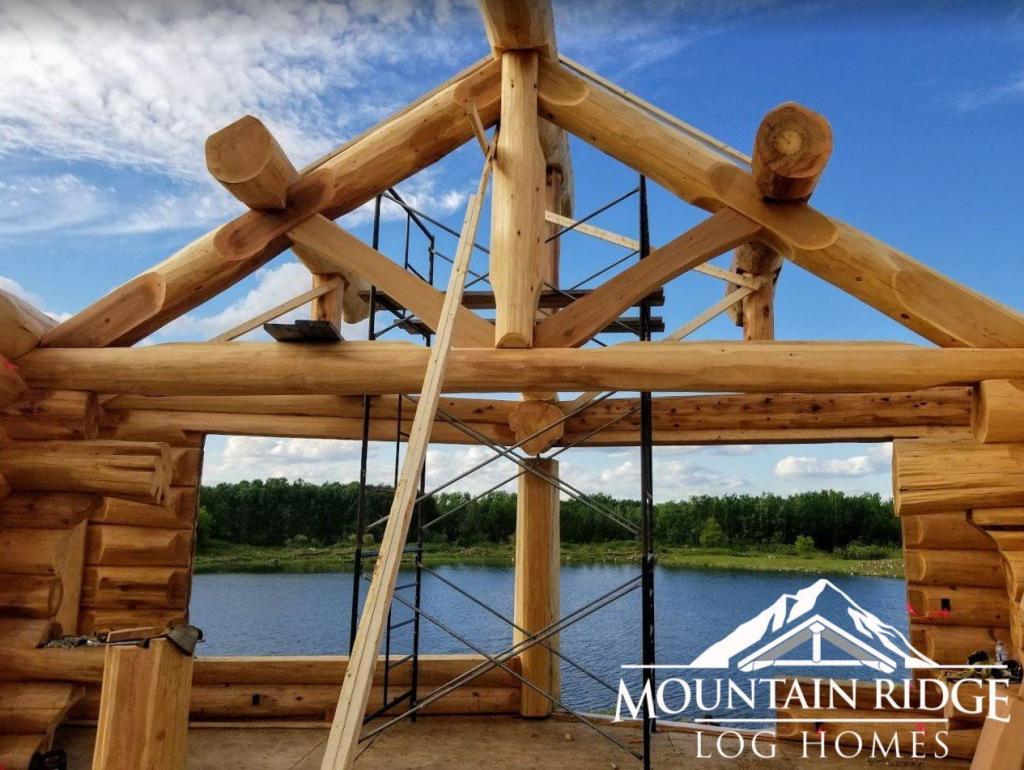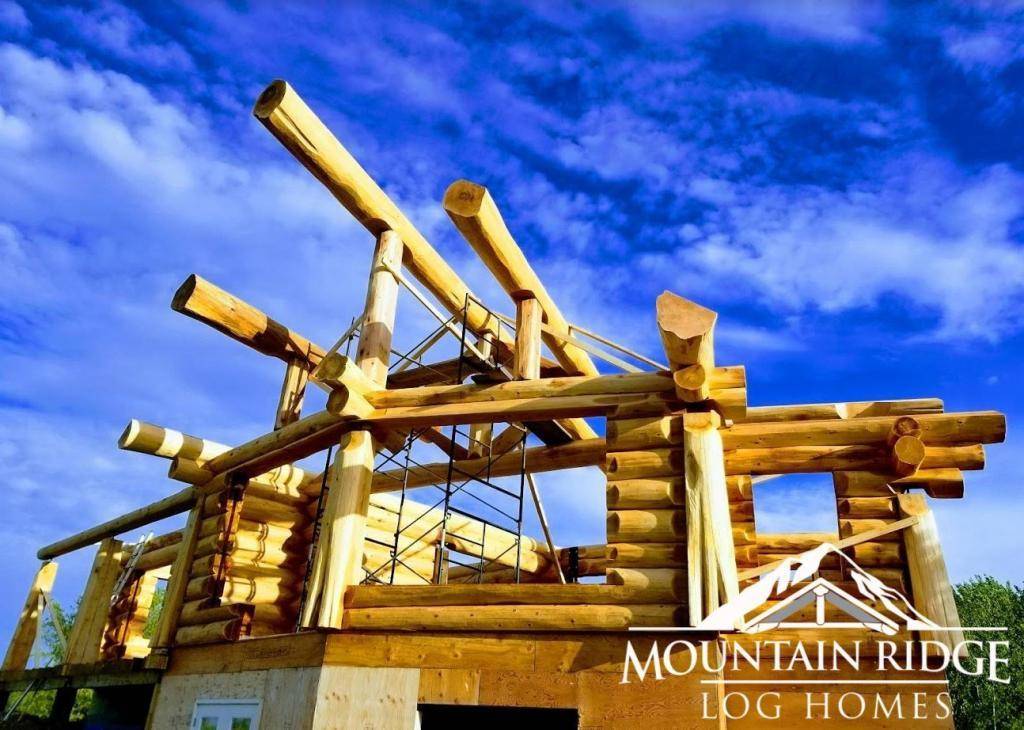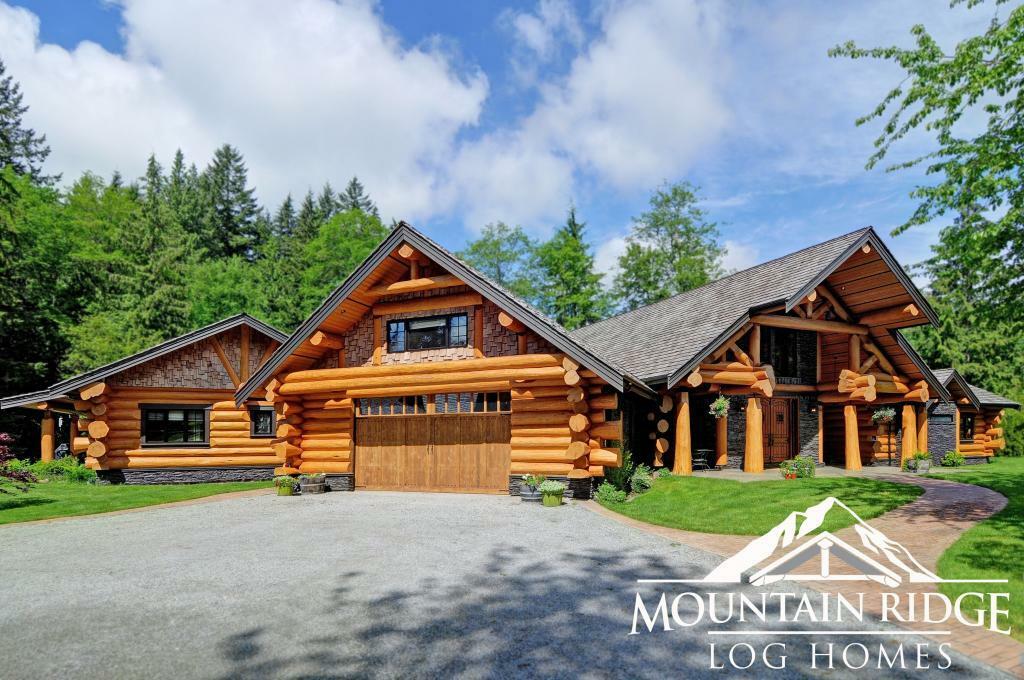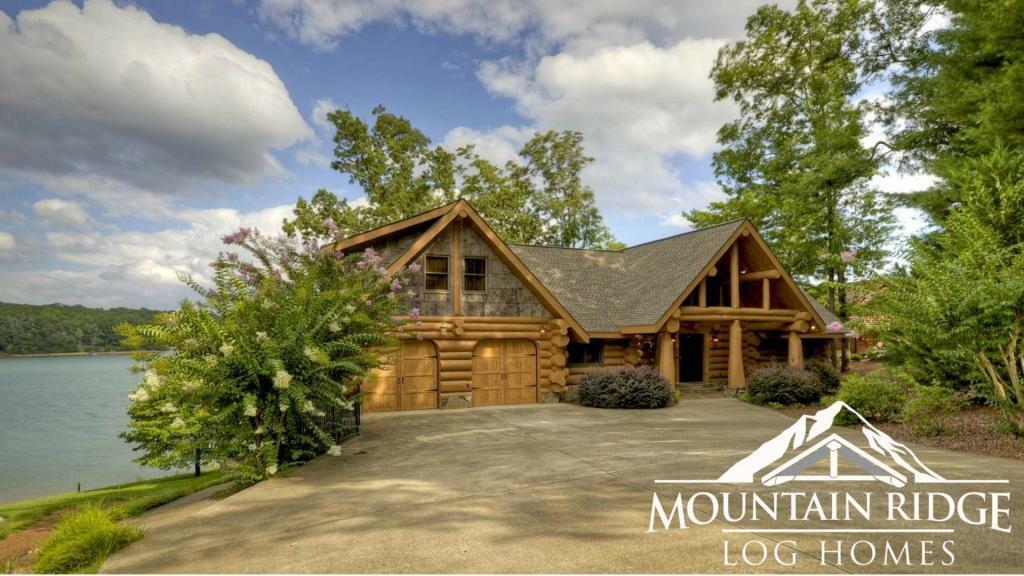Why You Need to Use Western Red Cedar When Building Your Log Home
Log homes come in hundreds of shapes and sizes, and you’re looking to find the one that’s the best-suited for you. That’s no easy task, especially since log cabins are so easy to customize. So where do you even start?
Many people start out by trying to determine the best type of wood to use. There are over 80 commercial wood species out there, but only 5 or 6 wood species to choose from for log homes. It’s necessary to consider the appearance of the wood, its durability and strength, and the location you’re building in. It’s hard to know what wood would be best for your needs unless you know all the properties of each individual type of wood.
That’s why Mountain Ridge Log Homes has done the research for you. We have dedicated ourselves to using Western Red Cedar wood for all of our handcrafted log homes. Here are 5 great reasons why:
1. Great Log Homes Need a Durable and Versatile Wood
Unlike other wood species out on the market, Western Red Cedar has a knack for being a uniquely durable and versatile wood. It has a low density which makes it lightweight, but that doesn’t mean it isn’t strong. This wood is known to have a straight, tight grain and very few knots. This makes it naturally resistant to warping and twisting. It also has a low shrinkage factor. This ensures that your home stays structurally secure and will last for what seems like forever.

2. Cedar Trees’ Size and Stature Make Them Perfect for Log Cabins
Western Red Cedar trees are known to have large trunks that are ideal for handcrafted log homes. They can grow up to 200 – 300 feet tall when mature, and they have a trunk width of 10 – 15 feet. Those are some hefty logs!
This wood is also mostly heartwood, which is the strongest and most resilient part of the trunk. All around, it’s just a great tree to make logs out of. Another important factor is that there’s no shortage of the trees. There are plenty of them in British Columbia and the Pacific Northwest.

3. The Wood is Naturally Resistant to Rot, Decay, and Insects
Western Red Cedar’s heartwood has protective natural oils that contribute to its longevity. The main reason the wood is so long-lasting is a chemical called thujaplicin, which is safe for humans but repels fungus and bugs.
The oils from Western Red Cedar act as a safe and natural fungicide, and they keep the wood from rotting and decaying over time. Thujaplicin also repel termites and other insects, keeping your new log home safe from unwanted pests. It’s no wonder that these species of trees can live to be 1,000 years old!

4. Western Red Cedar Acts as a Great Insulator in Most Seasons
When planning the construction of your log cabin, you’ll want wood that acts as an excellent insulator for those cool mountain or lakeside climates. It’s a good thing that Western Red Cedar already grows in these environments and is used to tempering the various extremities of a moist, continental climate.
The wood has just the right amount of air space and does a great job at insulating handcrafted log homes. It outperforms brick, concrete, and steel as a thermal insulator, so your home will stay cool in the summer and you’ll cut back on heating costs in the winter!

5. Its Natural Beauty is Breathtaking
When you build your log home, you’re definitely going to be concerned about how it looks. No worries— Western Red Cedar has a stellar beauty that’s hard to compare among other commercial woods. Almost everyone falls in love with its character flared ends and light colored tone. It adds a stark contrast that looks beautiful against the blues of the sky or water and the deep greens from the surrounding trees.
But don’t just take our word for it! Take a look at all of these beautiful log homes built from Western Red Cedar and determine its beauty for yourself!



